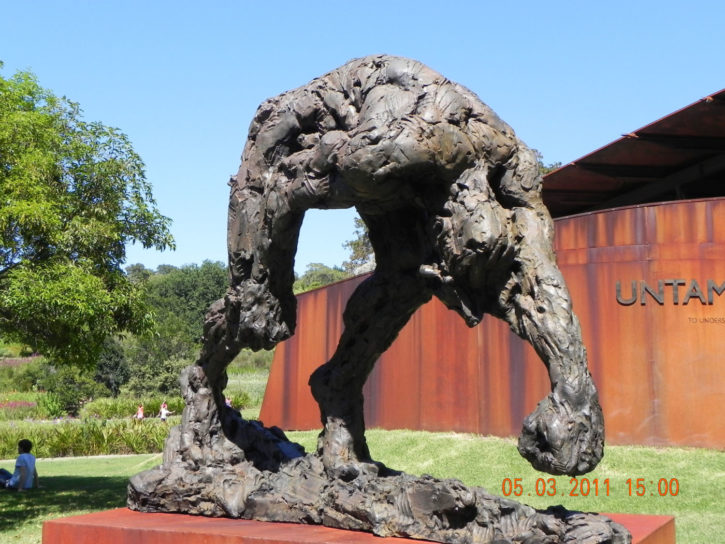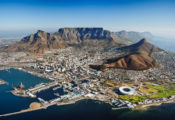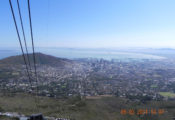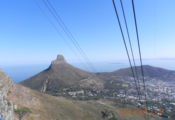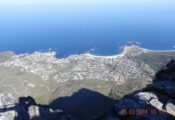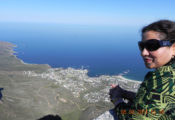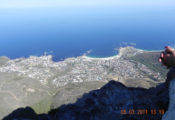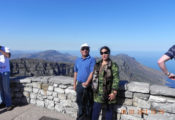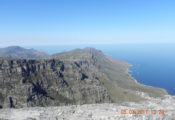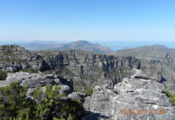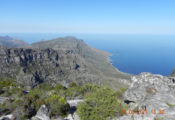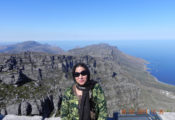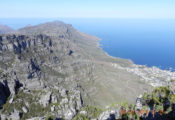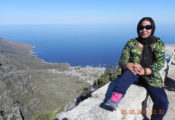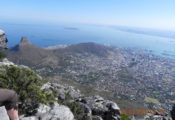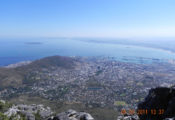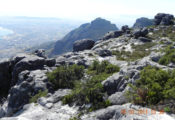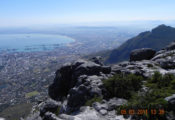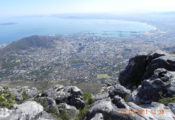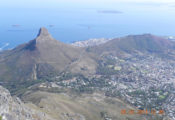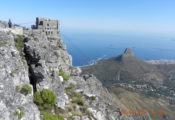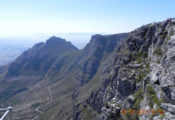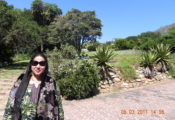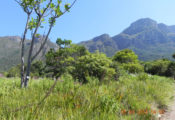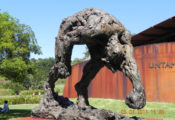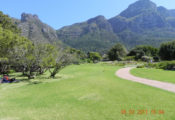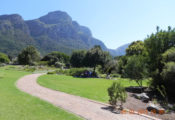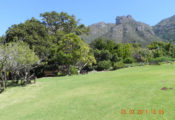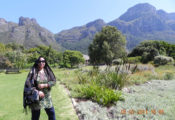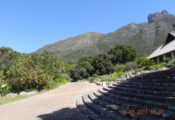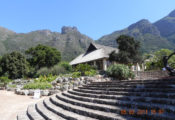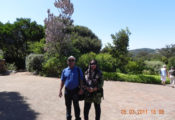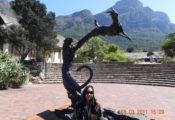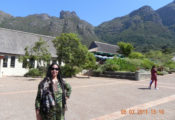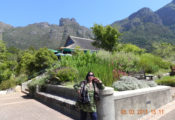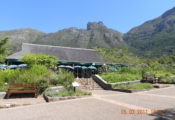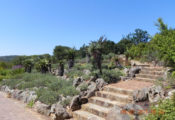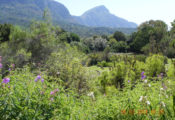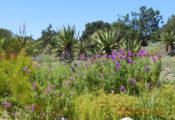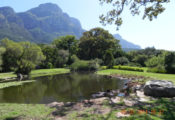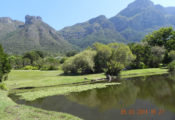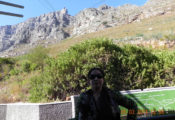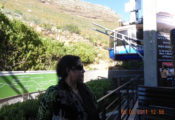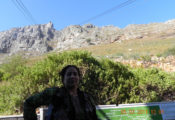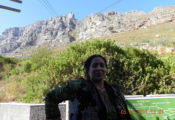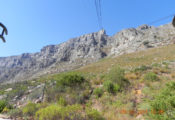05-03-2011
The top of Table Mountain is the northern end of the Cape mountain range, flat and overlooks the city of Cape Town in South Africa. The flat top is approximately 3 kilometers from one side to the other. It’s a popular tourist attraction for visitors, who can choose to hike or take a cable car to the plateau. The view from this landmark is said to be one of the most stunning.
One can still find fossil remains dating back 5 million years old on Table Mountain. It is here that some of the earliest ever recorded communities lived in sight of Table Mountain 27, 000 years ago, it is here that the first Europeans landed searching for a sea route from Europe to Asia. Cape Town is where the history of Southern Africa was forged. Today Cape Town is a thriving modern city where most inhabitants have forgotten her rich history.
The first inhabitants of the Cape, it is believed that they migrated towards the Cape Peninsula around 2000 years ago with their large herds of cattle. A Portuguese ship landed on the shores of the West Coast of Africa in 1488, Bartholomew Dias the explorer continued further southwards unknowingly sailed round the Cape. Dias went as far as Port Elizabeth before turning back presumably due to protests by his ship crew. On his return Dias erected a cross (on the Gulf between the Mountains later named by sailors as ‘False Bay’). Dias named the Cape, the Cape Storms, but John II the king of Portugal renamed it the Cape of Good Hope. The name expressed the king’s optimism that a sea trade route to India could be opened up via the Cape. In 1497 Vasco da Gama also sailed round the Cape all the way to India. The Cape eventually became a significant port and waypoint point for sailors traveling from Europe to Asia. However, the opening of the Suez Canal in 1869 provided a much shorter route from the Mediterranean Sea to the Indian Ocean, making the long trip around Africa inefficient. The waters near the Cape, where the Atlantic and Indian Oceans meet, can be treacherous for ships. The warm Agulhas current from the east runs into the cold Benquela current from the northwest. Dangerous waves from these currents have caused many shipwrecks.

